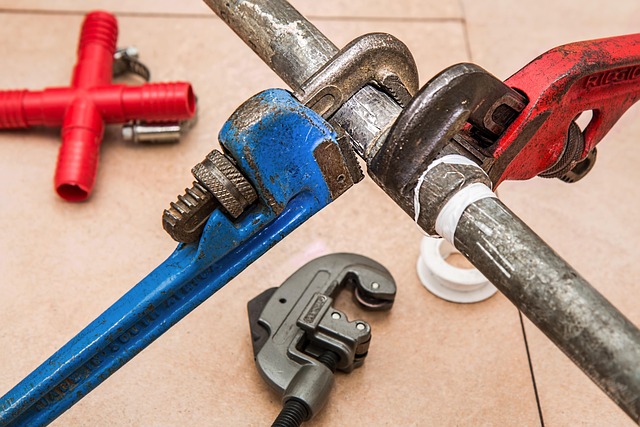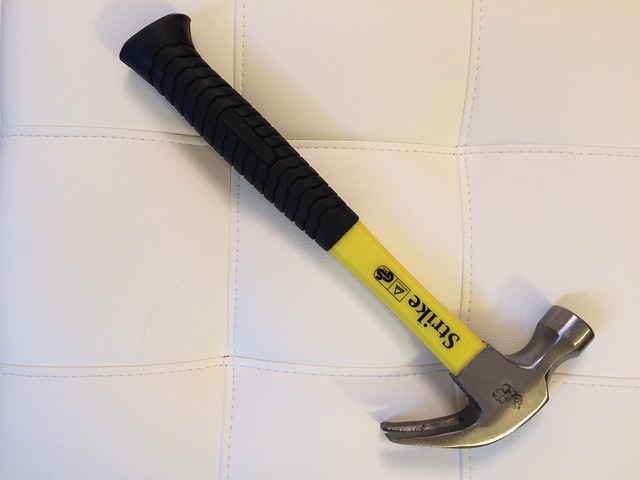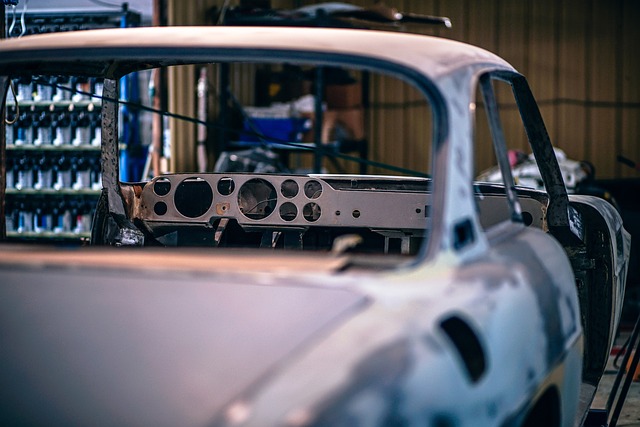Wheel alignment (Select DIY Auto Repairs), often overlooked, is crucial for vehicle maintenance. It enhances control, improves tire longevity, fuel efficiency, and safety. Essential tools for DIY alignment include a wheel aligner, jack stands, specific jack, new screws/shims, and an air filter. Precise measurements ensure better outcomes, preventing uneven tire wear and handling issues. Following instructions carefully is vital for safe and successful Select DIY Auto Repairs.
Looking to save on auto repair costs? Mastering DIY wheel alignment is a valuable skill that can improve your vehicle’s handling and fuel efficiency. This comprehensive guide, tailored for select DIY auto repairs, walks you through understanding wheel alignment fundamentals, gathering necessary tools, and aligning your wheels at home. Learn from common mistakes to ensure precise results.
- Understanding Wheel Alignment: Basics and Benefits
- Gathering Tools: Essential Items for Alignment
- Steps to Align Your Wheels at Home
- Common Mistakes to Avoid During DIY Alignment
Understanding Wheel Alignment: Basics and Benefits

Understanding Wheel Alignment: Basics and Benefits
Wheel alignment is an essential aspect of vehicle maintenance that often goes overlooked by many car owners. It refers to the process of adjusting the angles of your wheels to ensure they are properly positioned in relation to each other and to the road surface. This simple yet crucial DIY auto repair can significantly impact your driving experience and vehicle performance. By aligning your wheels, you not only improve handling and stability but also enhance fuel efficiency, tire longevity, and overall safety on the roads.
Proper wheel alignment brings several benefits, including better control over your vehicle during turns, reduced wear and tear on tires, and a smoother ride. It’s a straightforward procedure that can be accomplished with the right tools and some basic knowledge. Many modern vehicles require professional settings for precise alignment due to advanced suspension systems, but for those seeking select DIY auto repairs, learning wheel alignment techniques can empower you to keep your car in top shape while saving costs on frequent visits to the mechanic.
Gathering Tools: Essential Items for Alignment

When tackling a DIY wheel alignment, having the right tools is paramount to achieving accurate results. For most select DIY auto repairs, you’ll need a few essential items tailored for this task. Topping the list is a wheel aligner, which is the cornerstone of the process. This tool allows you to adjust each wheel’s position precisely, ensuring they point in the correct directions. Alongside it, consider having a set of jack stands and a vehicle-specific jack to safely lift and support your car during alignment.
Don’t forget about other crucial components like new alignment screws and shims, which help fine-tune the wheel positioning. For those interested in replacing their door handle or engaging in a diy brake pad replacement guide, having these tools readily available can streamline future maintenance tasks. Similarly, a simple yet important addition is a new air filter, as replacing it is an easy way to enhance your vehicle’s overall performance and fuel efficiency—a task often overlooked but beneficial for any DIY enthusiast.
Steps to Align Your Wheels at Home

Aligning your wheels at home is a feasible task for many car owners who wish to save on professional services. The process involves several careful steps to ensure accurate alignment, keeping in mind the safety and performance of your vehicle. Begin by jacking up your car securely and placing it on sturdy jack stands. Identify each wheel’s position and note any obvious misalignments. Use an alignment tool or a set of wheels with markings to measure and adjust each wheel accordingly, focusing on camber, caster, and toe angles.
For those comfortable with DIY auto repairs, this can be a rewarding project that offers a better understanding of your vehicle’s mechanics. Remember, precision is key, so take your time and double-check each adjustment before lowering your car back to the ground. Regular wheel alignment not only enhances fuel efficiency but also prolongs tire life and ensures optimal handling, making it a valuable skill in your DIY muffler repair or engine oil change arsenal, and even helps prevent issues like a misfiring engine.
Common Mistakes to Avoid During DIY Alignment

When attempting a DIY wheel alignment, it’s crucial to be aware of common mistakes that can lead to poor results and potential safety hazards. One of the frequent errors is overlooking the importance of proper measurements; ensuring your alignment tools are accurate and calibrated is essential for achieving precise adjustments. Using subpar equipment or making rough estimates can result in uneven tire wear, handling issues, and even damage to your vehicle’s suspension components.
Another mistake to avoid is rushing the process or not following the manufacturer’s guidelines closely. Wheel alignment is a critical service that requires attention to detail and patience. Neglecting proper procedures might lead to misaligned wheels, causing your car to pull to one side while driving, compromising stability and control. Remember, taking the time to carefully follow instructions will yield better outcomes, ensuring your vehicle handles smoothly and efficiently.
In conclusion, learning how to perform DIY wheel alignment is a valuable skill for any car enthusiast looking to save on costs and maintain their vehicle’s performance. By understanding the basics, gathering the right tools, and following simple steps outlined in this guide, you can achieve proper wheel alignment at home, ensuring your vehicle handles smoothly and safely. Remember, selecting the right DIY auto repairs, like wheel alignment, can significantly impact your driving experience and the longevity of your car’s components.
